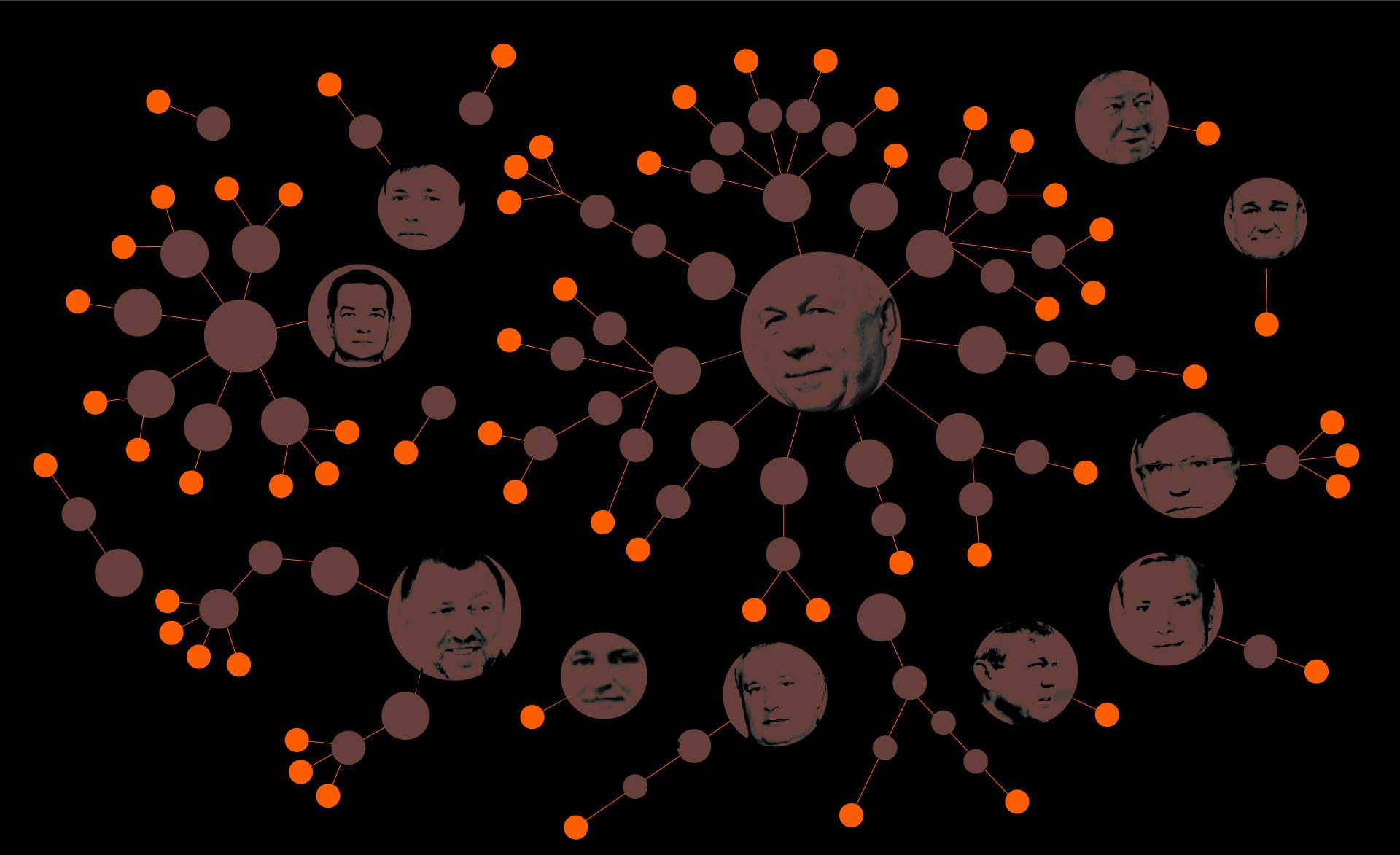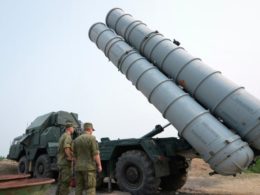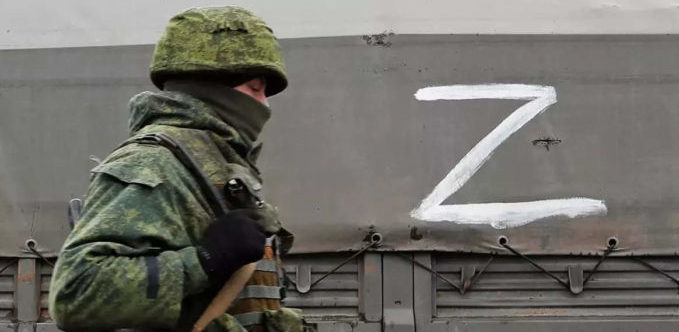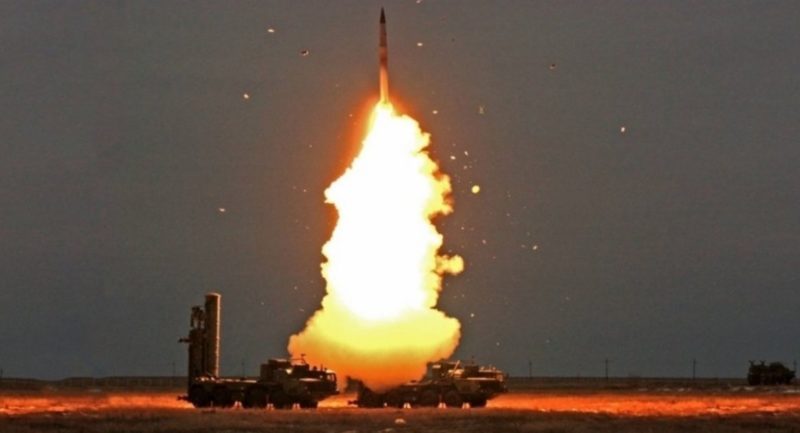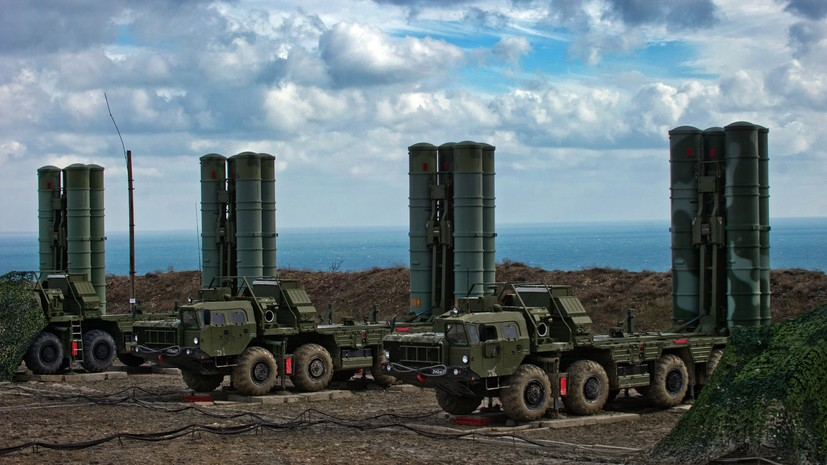Most Russian military and industrial complex (MIC) company directors have not yet been hit with sanctions. Trap Aggressor has collected information about these enterprises' ownership and management structure.
As of the middle of July, the International OSINT-Group Oryx reported that the Russians had lost 4692 pieces of military equipment in Ukraine. The latest data shows as of 22 October 2022, 7456 pieces of equipment were destroyed, damaged, lost, or captured. The list included 1893 trucks and jeeps, 1587 combat infantry vehicles, 1398 tanks, and so on.
The war continues despite previously hopeful claims. According to multiple forecasts, the war will not be over by the end of the year and may last longer.
Trap Aggressor analysts have documented 69 companies of the Russian war machine that manufactured the military equipment that was destroyed in Ukraine.
For example, the director of the tank concern Uralvagonzavod, Nikolay Kolesov of the Russian Helicopters, Vladimir Lepin of the Kalashnikov Group, and others.
A full list of directors of companies producing military equipment in Russia destroyed in Ukraine and their presence on the sanctions lists can be found by the following link.
CEOs of Russia’s largest military concern are still sanction-free
How Russia's machinery of war is structured
According to the official data released by the Russian government, Russia's MIC consists of 1,355 companies that employ around 2mn workers.
Trap Aggressor has identified 69 companies of the Russian war machine directly responsible for manufacturing Russian military equipment, which has been documented in Ukraine. The priority was given to those companies that are either the final manufacturers of the equipment or oversee the production in these factories.
Incidentally, 24 of these companies are still not under sanctions.
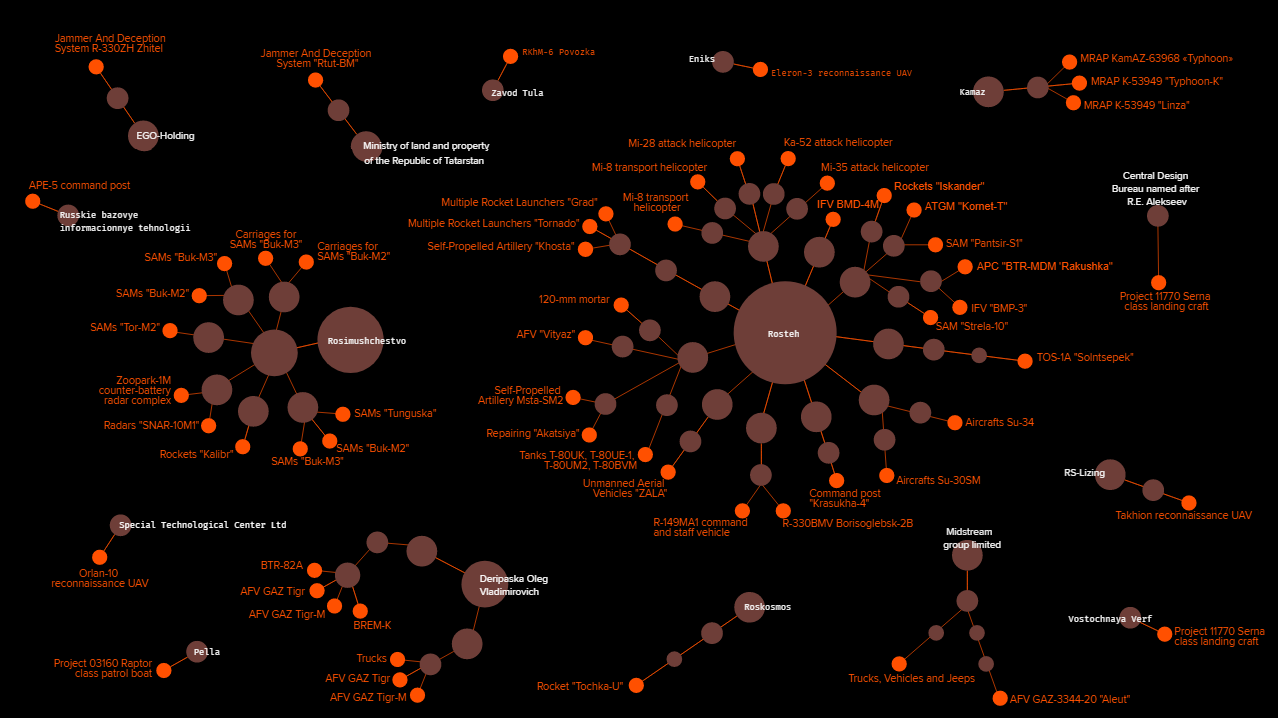
However, hundreds of other companies that are currently producing spare parts, ammunition, logistics, repair, or other types of military equipment have not yet made it to the list.
Major holding companies control most Russian war machine manufacturing plants, with the state corporation Rostec owning the lion's share of this market.
Rostec is also the administrative hub of the Russian military and industrial complex. Vladimir Putin personally signs decisions to transfer state-owned companies under the management of Rostec.
Since its inception in 2007, Putin’s friend Sergey Chemezov has been managing Rostec. Chemezov is also a member of Putin's United Russia party.
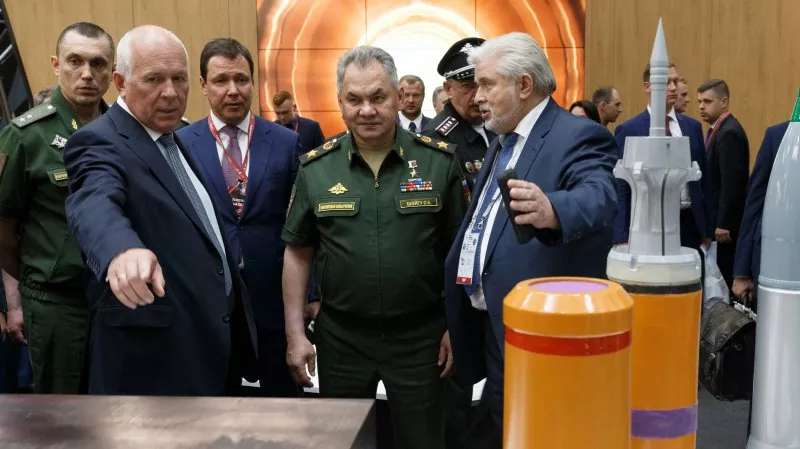
The largest Rostec holdings specialize in various fields, such as:
- the production of tanks (Uralvagonzavod concern)
- helicopters (JSC Russian Helicopters)
- aircraft (PJSC United Aircraft Corporation)
- missiles (High-Precision Systems)
- electronics (Tecmash and Radio-Electronic Technologies concern), and so forth.
At the same time, dozens of individual joint-stock companies belong to these holdings. For example, JSC Russian Helicopters comprises around 50 companies, and Uralvagonzavod includes about 30 companies.
The Federal Agency for State Property Management manages the JSC Almaz-Antey aerospace defense corporation. Nevertheless, the director of Rostec, Sergey Chemezov, regularly comments on the activities of the company. This suggests a degree of influence that Rostec has over Almaz-Antey.
24 Russian arms producers are still not on Western sanctions lists — report
The Russian government is also overseeing the modernization process of the Tochka-U missile complex. This, despite the claims from the Russian propaganda that these complexes were no longer in use, followed a deadly missile strike targeting civilians at the Kramatorsk railway station in April 2022.
According to the Russian media, the Votkinsk Machine-Building Plant, the primary manufacturer of the Tochka-U missiles, is a Moscow Institute of Thermal Technology subsidiary. And in turn, the institute is part of the state-owned Roscosmos corporation.
The abovementioned companies are directly responsible for defense manufacturing and production of weapons. Simultaneously, they are also fulfilling the role of cultural and social centers within their respective communities.
For example, companies under the Almaz-Antey corporation, responsible for the production of cruise missiles, air defense, and anti-aircraft missiles, have also begun the production of water and gas meters.
Thus, one arm of the corporation manufactures Kalibr missiles, which have been used to kill Ukrainian civilians and destroy towns and cities since the start of the war. Meanwhile, the other arm's production aims to improve the quality of life of ordinary Russians.
Similarly, Technodinamika, a manufacturer of high-tech military products, is responsible for producing both heavy flamethrower systems and refrigerators under the brand Pozis.
In addition to state shareholders, military plants are also owned by individuals. However, these lone actors are also unlikely to be considered state-independent despite formally holding another form of ownership.
For instance, Dmitriy Strezhnev
, according to Forbes, is one of the top 200 wealthiest people in Russia, according to Forbes, is the likely owner of the United Machinery Group Holding through LLC Midstream Group Limited, registered in Cyprus. The United Machinery Group Holding includes the Ural automotive plant and the Zavolzhsky Caterpillar Tractor Plant. Mr. Sterzhnev's ties to the Russian government are obvious, given that in 2017 he received a state award from Vladimir Putin.
According to the media, another Russian oligarch, Oleg Deripaska, still retains the ownership of a company that operates the Arzamas Machine-Building Plant and the GAZ Group. They are responsible for manufacturing armored vehicles, namely GAZ Tiger, GAZ Tiger-M, as well as BREM-K, which are currently used in the war in Ukraine. In 2020, the US concluded that Oleg Deripaska has been involved in money laundering operations on behalf of Vladimir Putin.
The Russian war machine's public and private sectors equally boast of their Soviet legacy. The manufacturers' heroic role in the "Great Patriotic War" stories are often found on factories' websites and social media accounts. On 9 May each year, they publish interviews with Russian World War II veterans. They also engage in other social activities dedicated to Victory Day. These companies share the same passion for supporting Russian efforts in the war in Ukraine.
The Russian army continues to fight with military equipment and weapons designed or manufactured by the Soviet Union. It relies on large stocks it inherited after the USSR's collapse. The Russian military-industrial complex is capable of repairing and servicing this equipment.
However, certain types of weapons, for instance, most types of artillery systems, were only manufactured during the Soviet Union. A lot of these systems then find their way to the battlefields of Ukraine. There they are abandoned, destroyed, or captured.
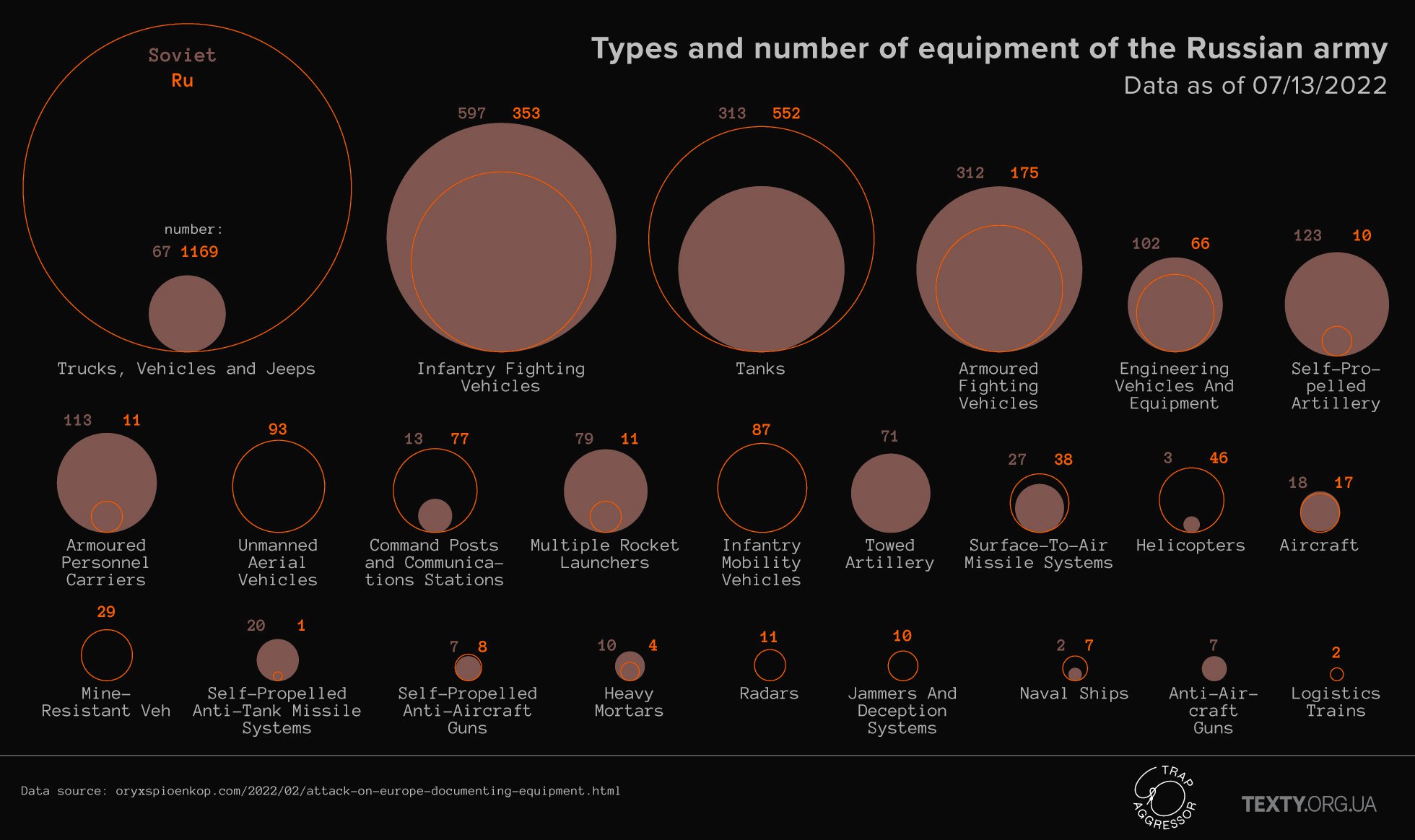
CEOs of these Russian companies have avoided international sanctions, which allows them to evade responsibility for their participation in the war in Ukraine. At the same time, Ukraine's victory in this war will depend on the ability of the international community to shut down Russia's military factories, disrupt its logistics and undermine its economic potential.
Read more:
- REPORT: Crimean sanctions: violations, monitoring, and enforcement.
- EU’s 8th Russia sanctions package has oil price cap, falls beneath Kyiv’s expectations
- Russian army gets new T-80BVM tanks despite western sanctions
- Ukraine sanctions some 3,600 individuals and entities linked to Russian invasion
- CEOs of Russia’s largest military concern are still sanction-free
- Russia’s milk sector was crippled by sanctions. Then British packaging company Mondi came to the rescue
- How to finally stop “Putin’s favorite factory” from producing cheap tanks
- How foreign microchips end up in Russian tanks despite sanctions
- 10 tricks Russia uses to evade sanctions

